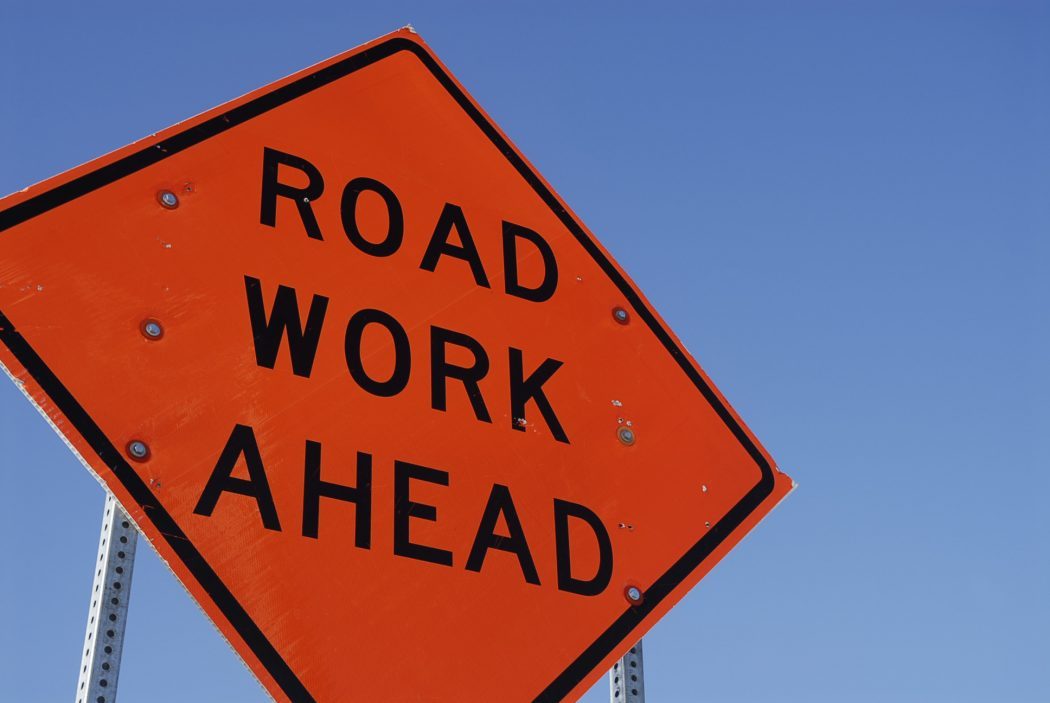 If you’re happy in life, the path you’ve traveled — with all its winding roads and perpetual forks — is what brought you here. If you’re unhappy, remember that life is a journey, and the road will continue.
If you’re happy in life, the path you’ve traveled — with all its winding roads and perpetual forks — is what brought you here. If you’re unhappy, remember that life is a journey, and the road will continue.
My life today is good — great, even — affirming for me that the roads I traversed, including the ones not taken, were the right path.
It’s rather ironic that my current road, the one I live on, sucks.
I don’t covet much, but I do envy nice streets.
We traveled to Scottsdale, Arizona, last winter to see my parents, and after reaching the summit of Camelback Mountain, I was mesmerized by the pristine condition of the black pavement below, taking for granted the beauty of the natural surroundings. We visited castles and historic cities in Europe a year ago, but my memories are filled with beautifully smooth streets.
Closer to home, I feel a letdown whenever I cross the Katy Trail and drive into Highland Park — or pretty much anywhere outside city limits. It’s not the huge houses or large yards I covet, especially when I have access to the Granada, White Rock Lake and Deep Ellum. It’s the pristine, sans-pothole ridden streets in front of them.
I was teased a few months ago when I witnessed a City of Dallas street repair sign at the end of my street. I called the phone number on the sign to ask how far the repairs would extend. He replied, “From Homer to Homer,” which didn’t make sense until I realized they were repaving the intersection from one side of Homer to the other.
To be clear, this isn’t all about me. Every single one of us deserves to be #blessed with above subpar infrastructure. A few days ago, while walking my dog around the neighborhood, I noticed that the street directly north of us was being repaved. My first instinct was, “WHAT?! Our street is totally worse!” But I remained affronted for only a short time, quickly coming to terms that our neighbors, too, deserve a bicycle friendly street, even though ours is an official bike lane.
There are pockets around East Dallas where all is copacetic, and I’m happy for you if you live on Swiss Avenue. But I challenge anyone in East Dallas to drive within a 2-mile radius of where you are and not confront a pothole or a poor patch job. Oh, and Abrams south of the Whole Foods and Grand from Gaston to Buckner don’t count. I’m betting you can’t do it. I know this because the City of Dallas has a handy dandy interactive pavement condition map online where you can check all of our streets, color coded and rated from the few that are good and excellent to most that are fair, poor and failed.
I spoke to former District 9 City Councilman Mark Clayton to learn some background. He told me that in October 2016, the Dallas City Council held 31 public hearings asking residents to name their biggest concerns. Overwhelmingly, those who attended answered, “Fix my streets.”
The feedback fed directly into the 2017 $1.05 billion bond package, of which $534 million is allocated to street and transportation improvement. A large portion of those funds are earmarked to fixing our roads. Clayton also gave me some much-needed perspective.
Dallas, as the center of a large metro area, has chosen to support more than streets and infrastructure. In recent years, the City has made significant improvements to our parks and recreational areas, including new aquatic centers at Tietze and Samuell Grand parks.
We’ve also chosen to invest in public health, resulting in a renowned institution, Parkland, funded by public dollars. Even though the facility is for the use of Dallas County residents, Colin County medical professionals frequently send their indigent patients our way.
While he supported the bond, Clayton said that half a billion dollars is a fraction of the money needed. District 9, for example, could use $400 million worth of street improvements but was allocated $40 million in bond money.
Clayton then reminded me that what we are cursed with here in Dallas is a lot of roads, a lot of cars and a lot of people driving. All of this requires a lot of upkeep.
He’s right. Culturally, we are drivers rather than walkers and passengers. We may bike for recreation or sport, but how many of us ride to Kroger or Trader Joe’s? How often do we take the DART to the airport or work?
I know I’m totally guilty of jumping into my car, but I can easily recall living in Chicago and rarely driving. Heavy traffic, the price to valet and the fear of losing an awesome parking spot in front of my house were great motivators to hoof it or take public transportation to get from point A to B.
“The question at the end of the day is, ‘What are the sensible solutions we should be advocating for?’” Clayton says.
Yes, good streets, but the answer to our woes is more than repaving. We need to resurface where that’s still an option. It’s cheaper and faster. We have to make public transportation a viable alternative. And maybe, just maybe, we could make a cultural shift and leave our cars in our driveways and get back on the right path.





